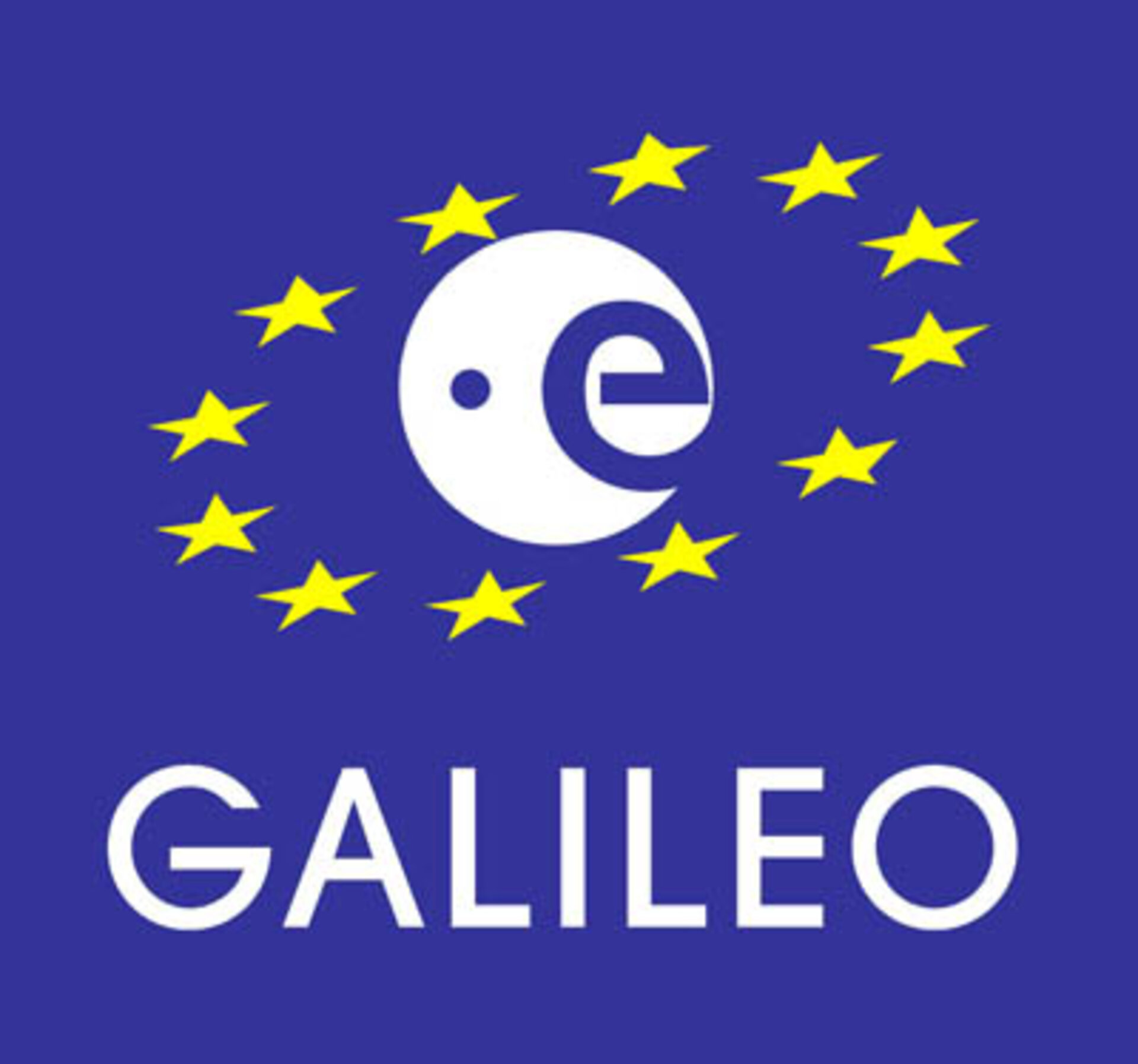Why Europe needs Galileo
Satellite navigation users in Europe today have to determine their positions using US GPS or Russian GLONASS satellites. However, the military operators of both these systems give no guarantee to maintain an uninterrupted service.
A user will be able to determine their position with the same receiver from any of the satellites in any combination. By offering dual frequencies as standard, however, Galileo will deliver real-time positioning accuracy down to the metre range, which is unprecedented for a publicly available system.
It will guarantee availability of the service under all but the most extreme circumstances and will inform users within seconds of a failure of any satellite. This will make it suitable for applications where safety is crucial, such as running trains, guiding cars and landing aircraft.
Satellite positioning has already become the standard method for maritime navigation and its use is spreading rapidly for aeronautical and land navigation. Older maritime radio navigation systems are unlikely to be replaced when they reach the end of their operational lives, so if the satellite navigation signals were to become unavailable, ships’ crews would be have to revert to traditional navigation methods using almanacs and sextants. As the use of satellite positioning spreads, the implications of signal unavailability become even greater, jeopardising the efficient running of transport systems.
Furthermore, additional applications for satellite navigation exist, but safety-of-life considerations mean that the current systems are not suitable because their accuracy and availability cannot be guaranteed. The European Geostationary Navigation Overlay Service (EGNOS) is Europe’s first attempt to address these problems.
As far back as the early 1990s, the European Union saw the need for Europe to have its own global satellite navigation system. The decision to build one was taken in similar spirit to decisions made in the 1970s to embark on other well-known European endeavours, such as the Ariane launcher and Airbus. The European Commission and European Space Agency have joined forces to build Galileo, an independent system under civilian control, which will be guaranteed to operate at all times, except in the direst emergency. Galileo is now at the point of moving from initial development to the first step of in-orbit validation of the Galileo system design.
European independence is the chief reason for taking this major step. However, other subsidiary reasons include:
- By being inter-operable with GPS and GLONASS, Galileo will be a cornerstone of the Global Navigation Satellite System (GNSS). This system will be under civilian control and will allow positions to be determined accurately for most places on Earth, even in high rise cities where buildings obscure signals from satellites low on the horizon. This is because the number of satellites available from which to take a position will more than double.
- By placing satellites in orbits at a greater inclination to the equatorial plane than GPS, Galileo will achieve better coverage at high latitudes. This will make it particularly suitable for operation over northern Europe, an area not well covered by GPS.
- With Galileo, Europe will be able to exploit the opportunities provided by satellite navigation to the full extent. GNSS receiver and equipment manufacturers, application providers and service operators will benefit from novel business opportunities.


